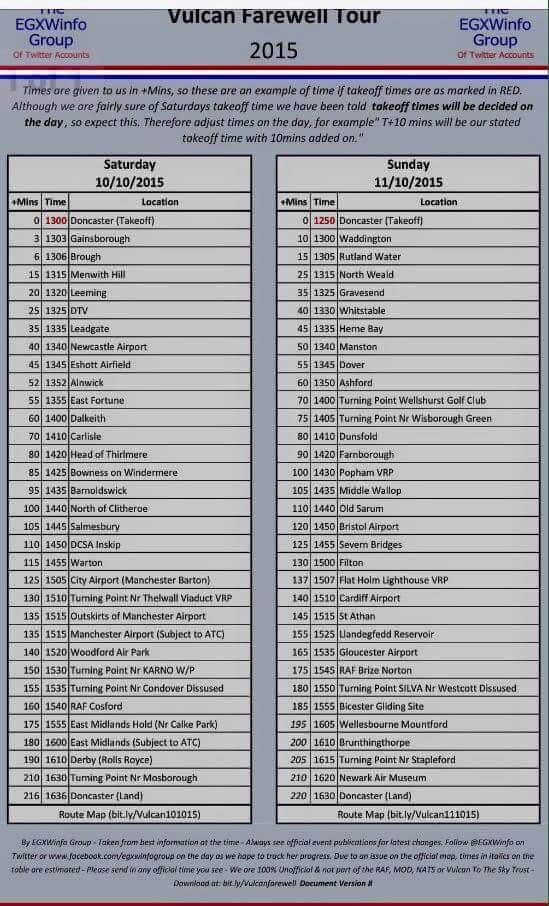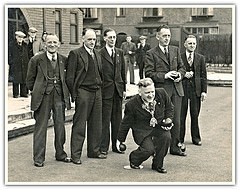British Summer Time

The Royal Observatory’s public clock, the Shepherd Gate Clock, set permanently to Greenwich Mean Time ©NMM. Repro ID: D5601
2007 marked 100 years since British Summer Time was first proposed by William Willett. Changing the clocks for summer time is now an annual ritual in Britain and countries around the world. But why change the clocks, which way should they go, and whose idea was it in the first place?
William Willett saves the daylight, 1907–15

Bridle path through Petts Wood ©NMM. Repro ID: F6423-039
The idea of British Summer Time (BST), also known as Daylight Saving Time, was first proposed in Britain by a keen horse-rider, William Willett, who was incensed at the ‘waste’ of useful daylight first thing in the morning, during summer. Though the sun had been up for hours during his rides through the local woods in Chislehurst and Petts Wood, people were still asleep in bed.
Willett was not the first to propose such a scheme; in 1895 an entomologist in New Zealand, George Vernon Hudson, presented a paper to the Wellington Philosophical Society outlining a daylight saving scheme which was eventually trialled successfully in New Zealand in 1927.
In 1907 Willett published a pamphlet called The Waste of Daylight, outlining plans to encourage people out of bed earlier in summer by changing the time on the nation’s clocks. He spent the rest of his life fighting to get acceptance of his time-shifting scheme. He died in 1915 with the Government still refusing to back BST. But the following year, Germany introduced the system. Britain followed in May 1916, and we have been ‘changing the clocks’ ever since.
The first day of Summer Time, 1916
.jpg)
Home Office poster announcing restoration of Greenwich Time, 1916 ©Private collection
Britain first adopted William Willett’s Daylight Saving Time scheme in 1916, a few weeks after Germany. For years, the British Government had refused to introduce Daylight Saving Time, but by then, Britain and Germany were fighting each other in the First World War (1914-18), and any system that could save fuel and money was worth trying. The Summer Time Act of 1916 was quickly passed by Parliament and the first day of British Summer Time, 21 May 1916, was widely reported in the press.
Clocks and watches were very different from those we use today. Many clocks could not have their hands turned backwards without breaking the mechanism. Instead, owners had to put the clock forward by 11 hours when Summer Time came to an end. The Home Office put out special posters telling people how to reset their clocks to GMT, and national newspapers also gave advice.
Changing times, 1918–39

The Willett memorial in Petts Wood ©NMM. Repro ID: F6423-060
William Willett, the tireless champion of the Summer Time scheme, died in 1915. By the 1920s, however, he was becoming a posthumous hero, as more and more people backed his daylight-saving plan. Public money was raised to buy and preserve Petts Wood. This was partly to act as a living memorial to Willett, but mostly as local residents wanted to prevent building development encroaching on their green spaces. A sundial – keeping British Summer Time, not Greenwich Mean Time – was erected there in a clearing.
Willett had become an icon of daylight. A portrait was painted; a bronze bust was sculpted; a pub was named in his memory, and in 1931 a wax figure was unveiled at Madame Tussaud’s in London. But not everybody had come round to Willett’s way of thinking: over the subsequent years, dissenting voices were heard.
Permanent summer, 1968–71
In 1968, the clocks went forward as usual in March, but in the autumn, they did not return to Greenwich Mean Time. Britain had entered a three-year experiment, confusingly called British Standard Time, and stayed one hour ahead of Greenwich until 1971.
This was not the first experiment to shift the clocks in winter. In the Second World War (1939-45), Britain had adopted Double British Summer Time, with the clocks one hour ahead of Greenwich in winter and two hours ahead in summer.
When the British Standard Time experiment ended, the Home Office carried out an exhaustive review to find out whether it had been successful. The answer was both yes and no. There were ‘pros and cons’ to having the clocks forward and, on balance, the Government decided to return to the original British Summer Time.
A century of saving daylight, 1907–2007

Within a few years of its introduction, most countries reasonably north or south of the equator had adopted Daylight Saving Time. But it has been controversial since the day it was first proposed.
After a century of daylight saving, we still cannot agree on whether it is a good thing or not. When proposals to extend the system are occasionally made in Parliament, protest soon comes from those affected by its disadvantages. Daylight Saving Time tries to treat a complex network of symptoms with one solution. But not everybody sees it as a cure. So the debate continues.








.jpg)




